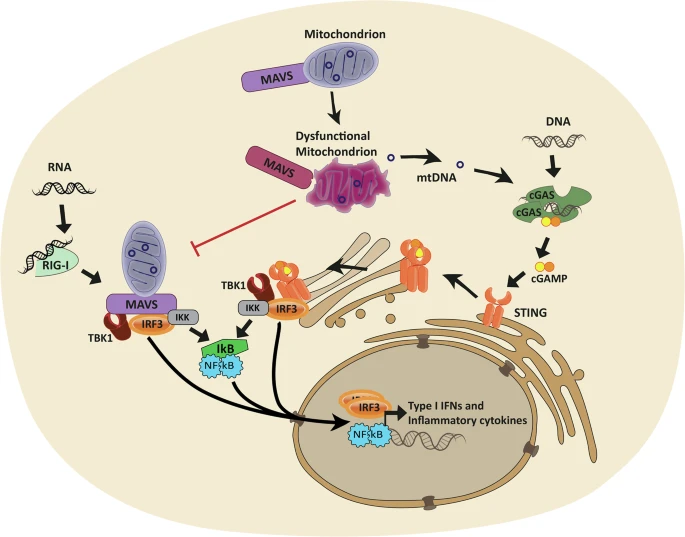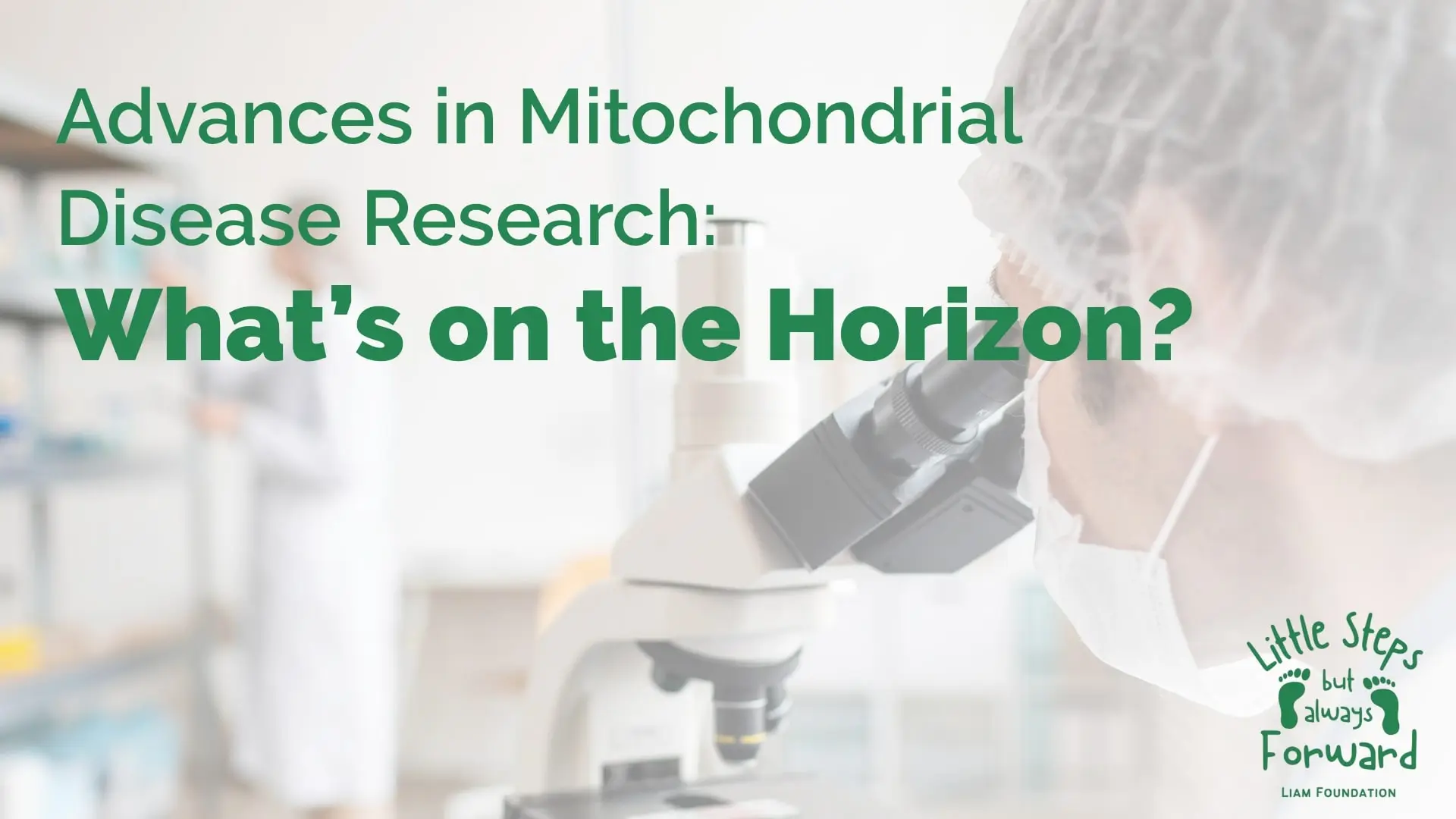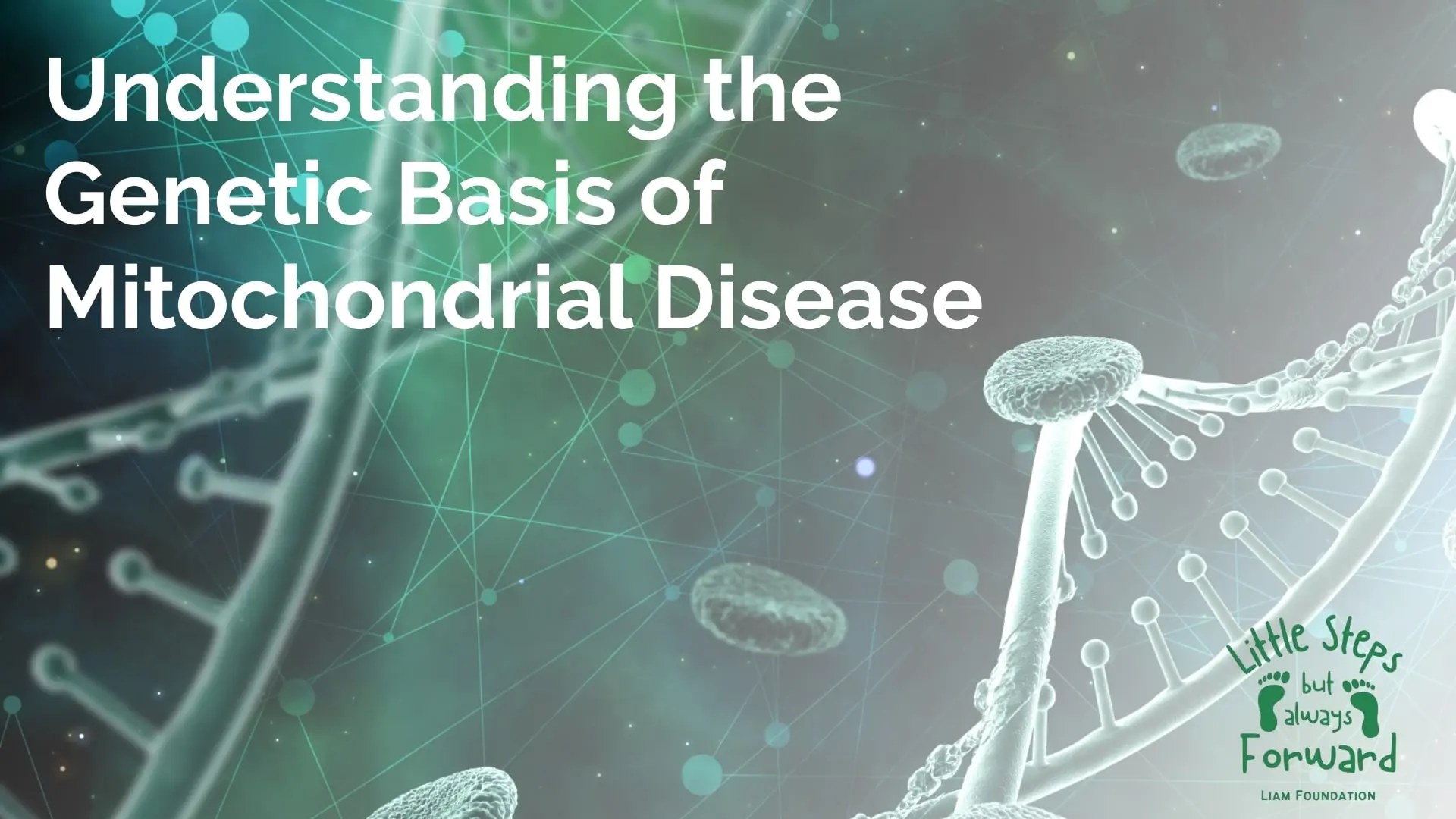Quick Summary : What You Need to Know: Mitochondrial diseases are genetic disorders that impair…

- November 28, 2024
- Comments Off on Unraveling the Genetic Underpinnings of Mitochondrial DNA Depletion Syndrome: The Role of MICOS10
Mitochondrial DNA Depletion Syndrome (MTDPS) encompasses a group of rare genetic disorders characterized by a significant reduction in mitochondrial DNA (mtDNA) within affected tissues. This depletion impairs the mitochondria’s ability to produce energy, leading to a spectrum of clinical manifestations, including muscle weakness, neurological deficits, and organ dysfunction. The severity and specific symptoms of MTDPS can vary widely, often depending on which organs are most affected.
The MICOS Complex and Mitochondrial Architecture
Mitochondria are dynamic organelles with a unique double-membrane structure. The inner mitochondrial membrane folds into structures known as cristae, which are essential for efficient energy production. The formation and maintenance of these cristae are orchestrated by the Mitochondrial Contact Site and Cristae Organizing System (MICOS) complex. This complex ensures proper mitochondrial architecture and function. Disruptions in the MICOS complex can lead to altered cristae morphology and compromised mitochondrial activity.
Discovery of MICOS10 Variants in MTDPS
In a pivotal study published in Liver International on November 7, 2024, researchers from Juntendo University in Japan, led by Professor Yasushi Okazaki, identified variants in the MICOS10 gene as a novel cause of hepatocerebral MTDPS. This form of MTDPS predominantly affects the liver and brain, leading to severe clinical outcomes.
The research team employed comprehensive genomic analyses, including whole-genome sequencing and RNA sequencing, to investigate a young patient presenting with severe liver dysfunction and developmental delays. Despite undergoing a liver transplant, the patient continued to experience neurological symptoms, prompting further genetic investigation.
Their analyses revealed two significant variants in the MICOS10 gene:
Single Nucleotide Missense Mutation: A point mutation resulting in the substitution of one amino acid for another in the protein sequence, potentially altering its function.
Deletion in Exon 1: A deletion affecting a large portion of exon 1, leading to the loss of expression from one allele of the gene.
Functional studies conducted on fibroblast cells derived from the patient demonstrated that restoring MICOS10 expression improved mitochondrial respiration and corrected abnormalities in cristae structures. These findings underscore the critical role of MICOS10 in maintaining mitochondrial integrity and function.
Implications for Diagnosis and Treatment
The identification of MICOS10 variants as a cause of MTDPS has significant implications for both diagnosis and potential therapeutic strategies:
Enhanced Genetic Screening: Incorporating MICOS10 into genetic testing panels can facilitate earlier and more accurate diagnoses of MTDPS, enabling timely interventions.
Targeted Therapies: Understanding the specific genetic defects allows for the development of targeted treatments aimed at restoring normal mitochondrial function.
Professor Okazaki emphasized that “clarifying genetic variants that were previously undetectable could greatly improve the efficiency of diagnosis for patients with mitochondrial disorders.”
The Broader Context of MTDPS Research
MTDPS represents a heterogeneous group of disorders, with various genetic mutations leading to similar clinical presentations. The discovery of MICOS10’s involvement adds a new dimension to our understanding of the genetic landscape of these syndromes.
Historically, mutations in genes involved in mtDNA replication and maintenance, such as POLG and TK2, have been implicated in MTDPS. The addition of MICOS10 to this list highlights the complex interplay between mitochondrial structure and function in the pathogenesis of these disorders.
Future Directions in Mitochondrial Disease Research
The findings from this study open several avenues for future research:
Elucidating MICOS10 Function: Further studies are needed to fully understand the role of MICOS10 within the MICOS complex and its impact on mitochondrial dynamics.
Exploring Therapeutic Interventions: Investigating potential therapies that can compensate for or correct MICOS10 dysfunction could lead to effective treatments for patients with MTDPS.
Expanding Genetic Screening: Broadening genetic screening to include MICOS10 and other related genes may uncover additional cases and provide a more comprehensive understanding of MTDPS prevalence and variability.
Conclusion
The identification of MICOS10 variants as a novel cause of Mitochondrial DNA Depletion Syndrome represents a significant advancement in mitochondrial medicine. This discovery not only enhances our understanding of the molecular mechanisms underlying these complex disorders but also paves the way for improved diagnostic and therapeutic strategies. As research continues to unravel the intricacies of mitochondrial function and genetics, there is hope for more effective treatments and better outcomes for individuals affected by these challenging conditions.
References
- Yoshihito Kishita et al, Variants in MICOS10 Identified by Whole Genome Sequencing and RNA Sequencing in a New Type of Hepatocerebral Mitochondrial DNA Depletion Syndrome, Liver International (2024). DOI: 10.1111/liv.16148
Juntendo University Research Promotion Center. (2024, November 25). A genetic key to understanding mitochondrial DNA depletion syndrome. EurekAlert!. https://www.eurekalert.org/news-releases/1065514
Share This:
The Liam Foundation
Related Posts
The COVID-19 pandemic, caused by the SARS-CoV-2 virus, has led to significant global health challenges.…
A groundbreaking clinical trial led by the Research Institute of the McGill University Health Centre…
Mitochondrial DNA Depletion Syndrome (MTDPS) encompasses a group of rare genetic disorders characterized by a…
The Liam Foundation stands as a beacon of hope for families grappling with the challenges…
Mitochondrial disease treatments have long been a challenging frontier in medical research. As we delve…
Mitochondrial disease symptoms are complex disorders that can affect people of all ages, from infants…
To appreciate the significance of recent Mitochondrial disease research advances, it’s essential to understand the…
Understanding the Genetic Basis of Mitochondrial Disease, Mitochondrial disease is a group of disorders caused…
Mitochondrial disease is a group of disorders caused by dysfunctional mitochondria, the parts of the…














